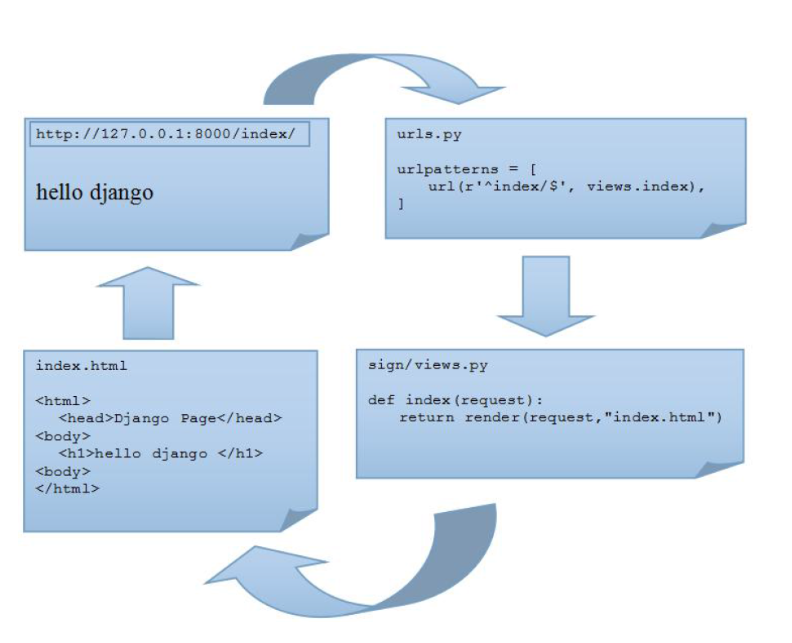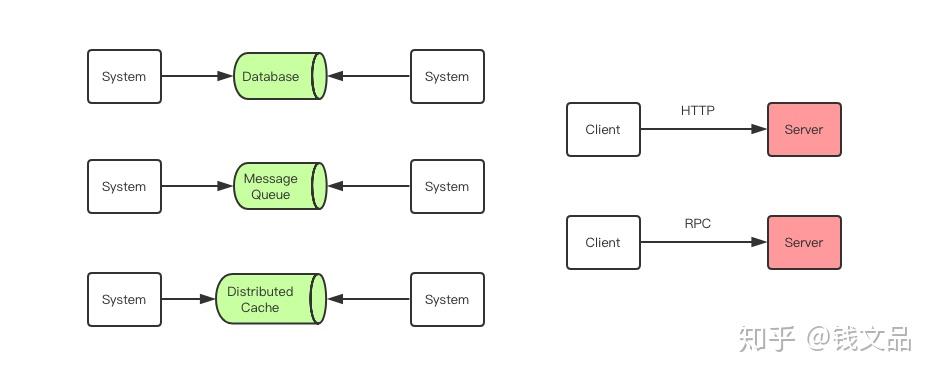The typical rule of thumb when it comes to using CSS sprites for images is that you should only do it for smaller images (like icons) and that actual image content should always be represented through <img> elements. My question is: why? Aren't the advantages of spriting worthwhile for content images as well?
One reason I have read is to enable the use of alt text, to be more syntactically correct and accessible to screen-readers. However, when that is a concern, couldn't you just as easily use a single tiny transparent image with all the syntactical sugar atop a sprite that presents the real visual content?
You could, but:
Content images don’t tend to be re-used as much as UI-type images like icons. Imagine a newspaper site: if every content image they used in every story was part of a sprite, that sprite would very quickly get huge, and would be downloaded even by users who only looked at one story.
Website content is generally expected to be maintained by people who don’t know CSS. It’s a bit unreasonable to expect content editors to edit a master sprite image file, re-save out to a JPG, and pop in some CSS just to put an image on a page.
If you sprite a lot of large image files, the sprite file will get really large. It might take an unacceptably long time to download when the user first visits the page, or it might use up too much bandwidth on users who only end up seeing one of the images within the sprite.
Obviously, those are generalisations — in a specific situation, it might make perfect sense to sprite larger/more content-y images.
On using an <img> tag with a tiny transparent image file for sprites, you can do that for any sprite images — it’s often useful for clipping and positioning the sprite image beyond what background-position allows.
One additional reason I can think of, is search-engines; if you have an image with a descriptive alt-tag or a figure element with a figcaption, search engines will be able to find, classify and show it.
Sprites are usually usefull for static contents (images that are common on many pages).
Content pictures often appears in only one page, so you can't add it to your sprite file.
If you want to have real-time sprite generation, making custom sprite file with all your pictures, I think the generation cost is far more expensive than the duplicated HTTP calls it saves.
Sprites are here to save HTTP requests, but you should not waste server-side computation time to make it, nor put expensive and unusefull pictures in your sprite file.
Sprites should be used for common icons across the whole website and not for page specific content. When you use sprites for big images you get a lot of white space that is wasted.
According to http://blog.vlad1.com/2009/06/22/to-sprite-or-not-to-sprite/ this is also a problem:
Another (but much less important) downside is that if a sprite-using
page is zoomed using the full-page zoom feature that’s present in many
browsers, the browser may need to do extra work to get the correct
behaviour at the edges of these images — basically, to avoid adjacent
images in the sprite from “leaking in.” This isn’t a problem for
small images, but can be a performance hit for bigger ones.
Sprites are used to reduce the amount of requests to a server. The impact of lots of small requests is slowing the server more than one bigger request. But if the image of sprites, I like to call it sprite-map, is too large, it will also slow down the performance. The other thing of importance is like you sad the possibility for each single picture to give some name, to manage and to index by search engine.
From the research I've continued to do on this, another potential issue is memory consumption. Despite the fact that sprites may be compressed enough to download quickly, the footprint they fill in the client machine's memory is after the browser has rendered them, meaning it can be quite large, even for sprites with fairly small file sizes.
I haven't seen a definitive answer on whether or not this memory footprint is any larger than what one would see when loading the same number of images without sprites. I will be testing that in the coming weeks for the project that prompted this question, so I will return and update this answer once I have a conclusion.




